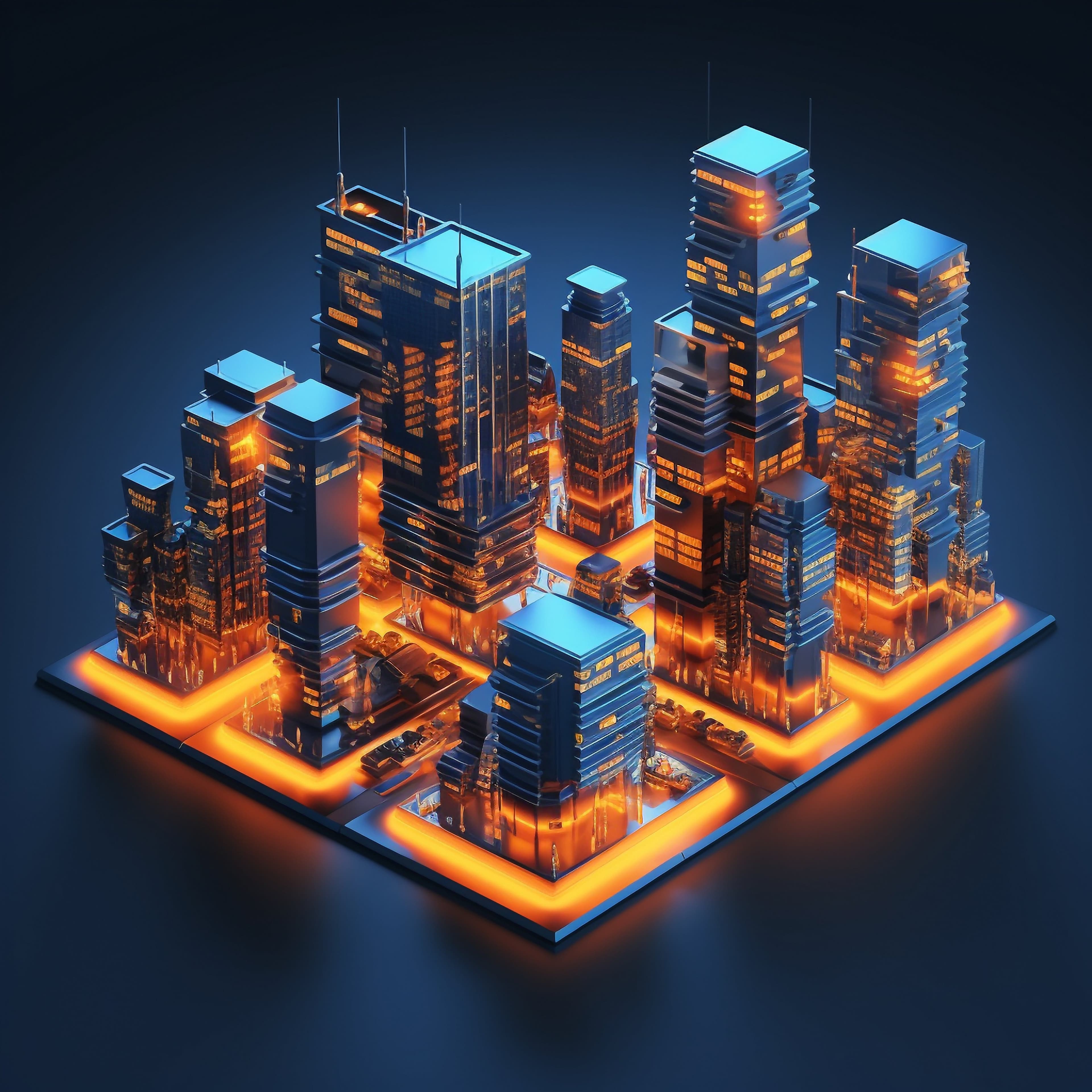According to Statista, smart cities are growing exponentially as a result, the smart city market volume is projected to reach US$115.30 billion by 2029. Big data in smart cities makes the overall approach even better as it uses tech and data simultaneously to drive better solutions.
AI in urban planning is one of the data-driven solutions introduced in smart cities. However, the ultimate goal of these concepts and data-driven solutions is to enhance the living standard and quality of life of people. These transformative approaches also ensure that there is sustainable growth and resource management.
Now let’s see how smart city data analytics are utilised in public safety measures and water management.
Big Data on Water and Energy Management
A key benefit of big data in smart cities is that it can be implemented to manage energy resources. There are many ways such as using predictive analytics in urban management to reduce wastage of water and other energy resources. These tools and data also help save and secure access for everyone.
Through smart city water management, environmental impact can be reduced, leading to a more sustainable lifestyle. There are several ways in which big data can help cities offer insights into energy consumption and management. These insights will help make informed decisions when distributing and managing water, gas, and electricity to cities.
Here’s how it’s being used:
Big Data Analytics
Big data analytics offer real-time data through real-time monitoring. Utilising this technology in smart cities will help gather data on gas, water, and electricity consumption at all levels instantly. Sensors and smart meters will provide a clear, broad picture of how these resources are utilised and how you can better manage them.
Real-Time Data
Real-time data can track and record changes in the demand of consumers. This feature can help water conservation in cities and distribute energy accordingly. For example, if the cities go through a peak demand, the smart grids will provide resources to essential activities only while conserving the rest. This can help save costs and unnecessary burdens on citizens.
Low Carbon Emission and Sustainability
Smart water networks are data-driven, so it’s easy to gather data to improve sustainable approaches to water management and carbon emission through other resources. Big data identifies high-emission areas, enabling authorities to devise reduction strategies. The data collected on resource management can be best put to use in tracking progress and getting live updates. These help to make informed decisions and better policies.
However, smart water infrastructure management needs several technologies and devices, such as IoT, ML and AI models, sensors, and more. This is why there could be certain drawbacks to implementing these in smart cities without careful consideration and understanding. However, if implemented, the benefits will outweigh the drawbacks, leading to sustainable growth and future!
Big Data on Public Services and Safety
Urban public safety and services are vital to increase the overall living standards of people. It’s a pivotal part of not just smart city, but any. By using data-driven information, authorities can make impactful decisions to improve essential public services and safety. It’ll help create a safer and more comfortable urban space for people.
Here’s how big data is used in this sphere:
Efficient Emergency Management
Smart city security systems are crucial to ensure that people feel safe. Big data analytics can improve emergency management systems in smart cities to enhance better response with quick solutions. By leveraging big data, smart cities can instil confidence in their ability to deliver efficient emergency responses. For instance, public safety can be taken better care of if harassment and crime spots are managed using data-driven analytics.
Better Public Transportation
One of the areas we can’t overlook in smart cities is public transportation. Officials can improve it further by using IoT in public safety requirements. For example, they can collect data on public transit duration, traffic styles, and even the conditions of the roads. This data will help them implement better methods to reduce congestion and enhance the quality of public transport and safety. Public safety AI will offer people the confidence that they can use public services without worrying about their safety.
Improved Healthcare Services
Public safety directly translates to better healthcare services and by using smart city technology it’s possible. Big data on resource allocations, data on patient outcomes, and treatments, to admissions will help to speed up the procedures, amplifying the resources to utilise better. It’ll make the process efficient, giving more time and flexibility for healthcare providers to take care of more patients.
Conclusion
While urbanisation has its own set of benefits, many challenges are on the rise due to it. Some of them are scarce resources, public safety, and strained infrastructure. These challenges are massive as they affect people largely and directly. Smart cities were a transformative idea to tackle these challenges using high-end technology and big data urban solutions.
Therefore, if implemented right, urban sustainability with big data will not be a plan anymore, but rather a futuristic vision!
